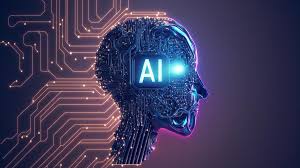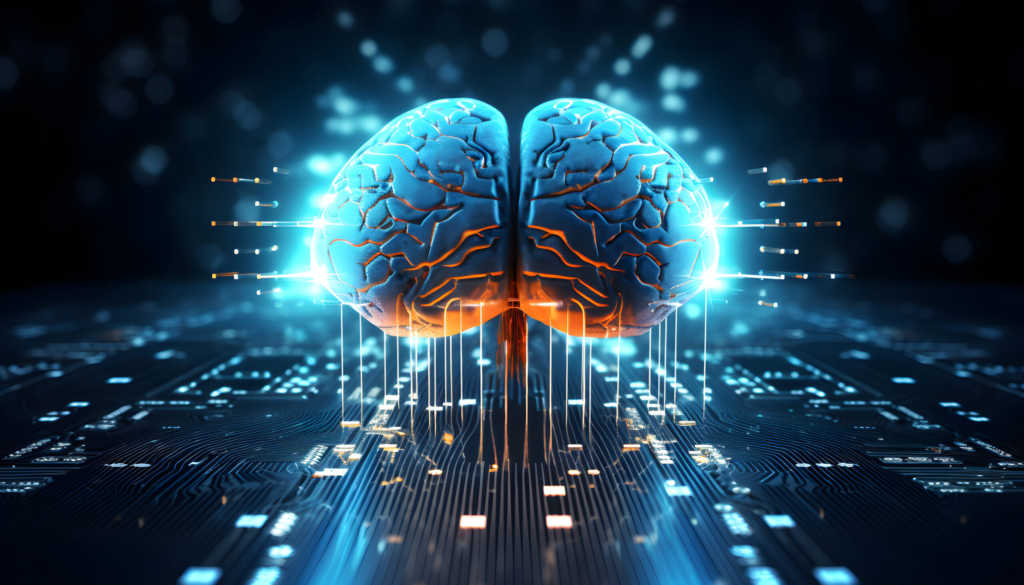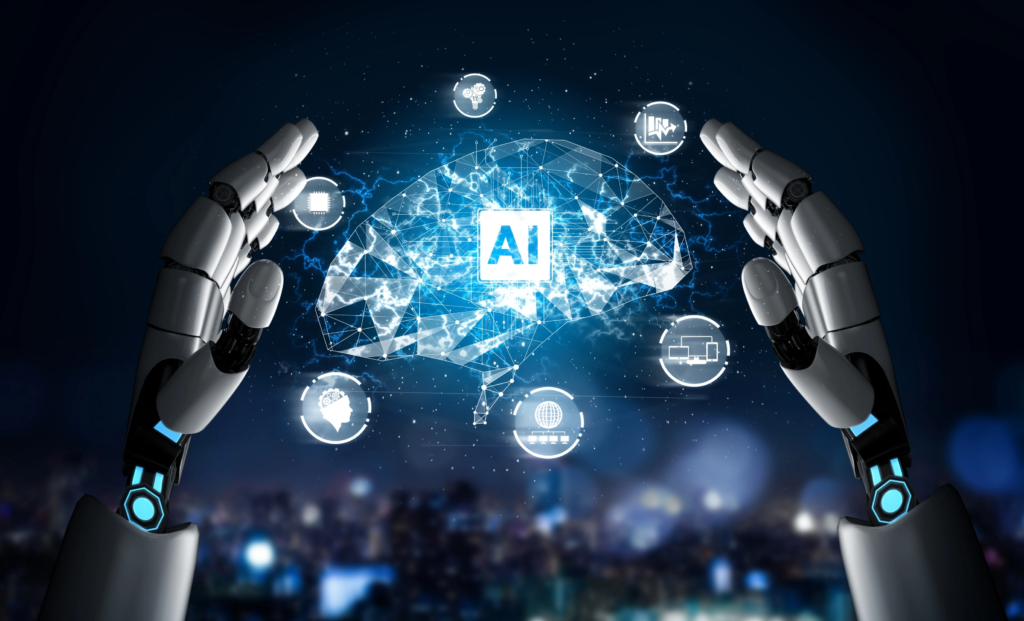The Artificial Intelligence industry is no longer in its infancy; instead, it is rapidly becoming a transformative force in our lives. To better understand its current trajectory, let’s recall how social media was around a decade ago. Back then, it was just a small component of the digital ecosystem, but today, it has grown into an interconnected universe, even giving birth to the concept of the metaverse. Similarly, AI, which is still expanding, is expected to become a monumental part of our existence in the near future, potentially as integral as the internet itself.
Currently, the two most prominent categories in AI are narrow AI and generative AI, each with its unique capabilities and limitations.
Table of Contents
What Is Narrow AI and Why Is It Important?

Narrow AI, also known as “weak AI,” is designed to perform specific tasks with exceptional efficiency. Unlike humans or advanced AI systems, narrow AI cannot learn beyond its programmed functions or generalize its knowledge to other areas. This limitation restricts its scope to finite, pre-defined operations.
- Digital voice assistants: Tools like Siri, Alexa, and Google Assistant fall under this category, excelling in voice commands but incapable of broader reasoning.
- Recommendation engines: Platforms like Netflix and Amazon leverage narrow AI to suggest content or products tailored to user preferences.
- Search engines: Google’s search algorithms are a prime example of narrow AI in action, providing accurate and relevant results.
- Image and speech recognition: From facial recognition systems to apps like Shazam, narrow AI powers tools that analyze visual and auditory data.
Although narrow AI often outperforms humans in specific tasks, its abilities are limited by its programming. It cannot adapt to or solve problems outside its designated domain, which highlights its dependency on human input.
Generative AI a Game-Changer
Generative AI represents the next frontier of artificial intelligence. Unlike narrow AI, it is capable of creating new, original content. This can include anything from images and text to music, videos, and beyond. Its versatility allows for creative and functional applications that were once unimaginable.
For example, you could request generative AI to create a surreal image of a pizza eating a man—a seemingly absurd idea—and it could deliver a convincing representation. Generative AI’s ability to produce such outputs stems from its capacity to understand and replicate patterns in data.

A standout example of generative AI is ChatGPT. Initially launched as a narrow AI with limited capabilities, it has evolved significantly. Today, ChatGPT not only engages in conversations but also generates detailed images, writes code in multiple programming languages, and provides insights across various domains. Its ability to mimic human language, learn new skills, and adapt to diverse tasks showcases its potential to reshape industries.
ChatGPT Evolving Into a Generative AI
Generative AI represents the next frontier of artificial intelligence. Unlike narrow AI, it is capable of creating new, original content. This can include anything from images and text to music, videos, and beyond. Its versatility allows for creative and functional applications that were once unimaginable.
For example, you could request generative AI to create a surreal image of a pizza eating a man—a seemingly absurd idea—and it could deliver a convincing representation. Generative AI’s ability to produce such outputs stems from its capacity to understand and replicate patterns in data.

A standout example of generative AI is ChatGPT. Initially launched as a narrow AI with limited capabilities, it has evolved significantly. Today, ChatGPT not only engages in conversations but also generates detailed images, writes code in multiple programming languages, and provides insights across various domains. Its ability to mimic human language, learn new skills, and adapt to diverse tasks showcases its potential to reshape industries
Will Artificial Intelligence Shape the Future Like Social Media Did?
The evolution of AI mirrors the growth of social media in its early years. Just as social media created a universe of its own, AI is on the path to becoming a significant part of our everyday lives. Over time, it could seamlessly integrate into industries like healthcare, education, entertainment, and more, becoming as indispensable as electricity or the internet.

However, with this growth comes responsibility. It is crucial to navigate ethical challenges, such as data privacy, misinformation, and bias, to ensure AI’s development benefits society as a whole.
AI’s journey is just beginning, but its trajectory indicates a future where it will shape creativity, decision-making, and innovation. It is an exciting time to witness and engage with a technology that holds the promise of redefining human potential.
